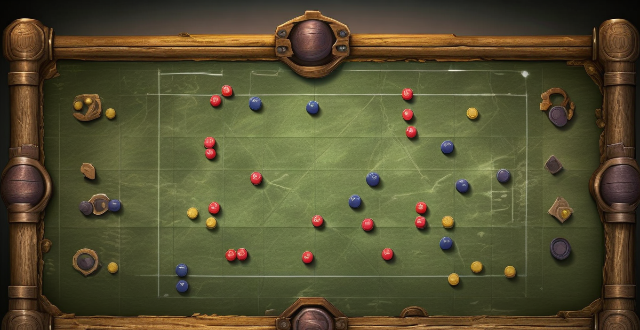NBA coaches employ various tactics to manage games, players, and team dynamics. These include adjusting game plans based on opponent analysis, managing player rotations, controlling game pace, effective communication, implementing defensive strategies, utilizing offensive philosophies, and focusing on player development. Coaches also make in-game adjustments, use bench players strategically, manage the clock during critical moments, and provide motivation through halftime adjustments and feedback. They choose between zone and man-to-man defenses, emphasize help defense and proper rotations, design plays around pick-and-roll actions, and work on individual skills and role assignment for their players. Overall, NBA coaches play a crucial role in leading their teams towards success by employing these common tactics.

Common Tactics Used by NBA Coaches
NBA coaches employ a variety of tactics to lead their teams towards success. These strategies are crucial in managing the game, players, and overall team dynamics. Here are some common tactics used by NBA coaches:
1. Adjusting Game Plans
_Matchups and Opponent Analysis_
- NBA coaches meticulously analyze opponents' strengths and weaknesses.
- They adjust their game plans accordingly to exploit these vulnerabilities.
_In-Game Adjustments_
- Coaches make strategic substitutions based on player performance and matchup advantages.
- They might switch defenses or offenses mid-game to counter the opposing team's strategy.
2. Player Rotation Management
_Balancing Minutes_
- Coaches distribute playing time to keep players fresh and avoid fatigue.
- They manage the rotation to ensure a balanced attack and defense throughout the game.
_Utilizing Bench Players_
- Coaches use their bench to provide energy, spark, and depth off the court.
- They might bring in specific players for certain situations or matchups.
3. Time Management
_Controlling Pace_
- Coaches decide whether to play at a fast or slow pace based on their team's strengths and the opponent's weaknesses.
- They might speed up the game to create scoring opportunities or slow it down to preserve a lead.
_Managing Clock_
- Coaches carefully manage the clock during critical moments of the game.
- They call timeouts strategically to set up plays or to halt the opposing team's momentum.
4. Communication and Motivation
_Player Interaction_
- Coaches communicate effectively with their players to ensure everyone is on the same page.
- They provide feedback, encouragement, and motivation to boost player confidence and performance.
_Halftime Adjustments_
- Coaches use halftime to regroup, review what went wrong, and make necessary adjustments for the second half.
- They might also give inspirational speeches to motivate their team.
5. Defensive Strategies
_Zone vs Man-to-Man Defense_
- Coaches choose between zone defense and man-to-man defense based on their team's strengths and the opponent's tendencies.
- They might switch defenses during the game to confuse the opposing team.
_Help Defense and Rotations_
- Coaches emphasize the importance of help defense and proper rotations to prevent easy baskets for the opposition.
- They work on defensive schemes during practice to ensure seamless execution during games.
6. Offensive Philosophies
_Motion Offense vs Set Plays_
- Some coaches prefer a motion offense that relies on player movement and ball movement to create open shots.
- Others lean towards set plays or isolation plays for their star players to take over the game.
_Pick-and-Roll Usage_
- The pick-and-roll is a staple in many NBA offenses, and coaches design plays around this action to generate open looks for their players.
- They might use different variations of the pick-and-roll to keep the defense guessing.
7. Player Development
_Skill Enhancement_
- Coaches work with their players on individual skills such as shooting, ball handling, and defense.
- They identify areas for improvement and create drills to address these weaknesses.
_Role Assignment_
- Coaches assign specific roles to each player based on their skills, strengths, and the team's needs.
- They help players understand their roles and how they contribute to the team's success.
In conclusion, NBA coaches employ a wide range of tactics to lead their teams towards victory. From game planning and player rotation management to communication and motivation, coaches play a crucial role in shaping their team's identity and success.